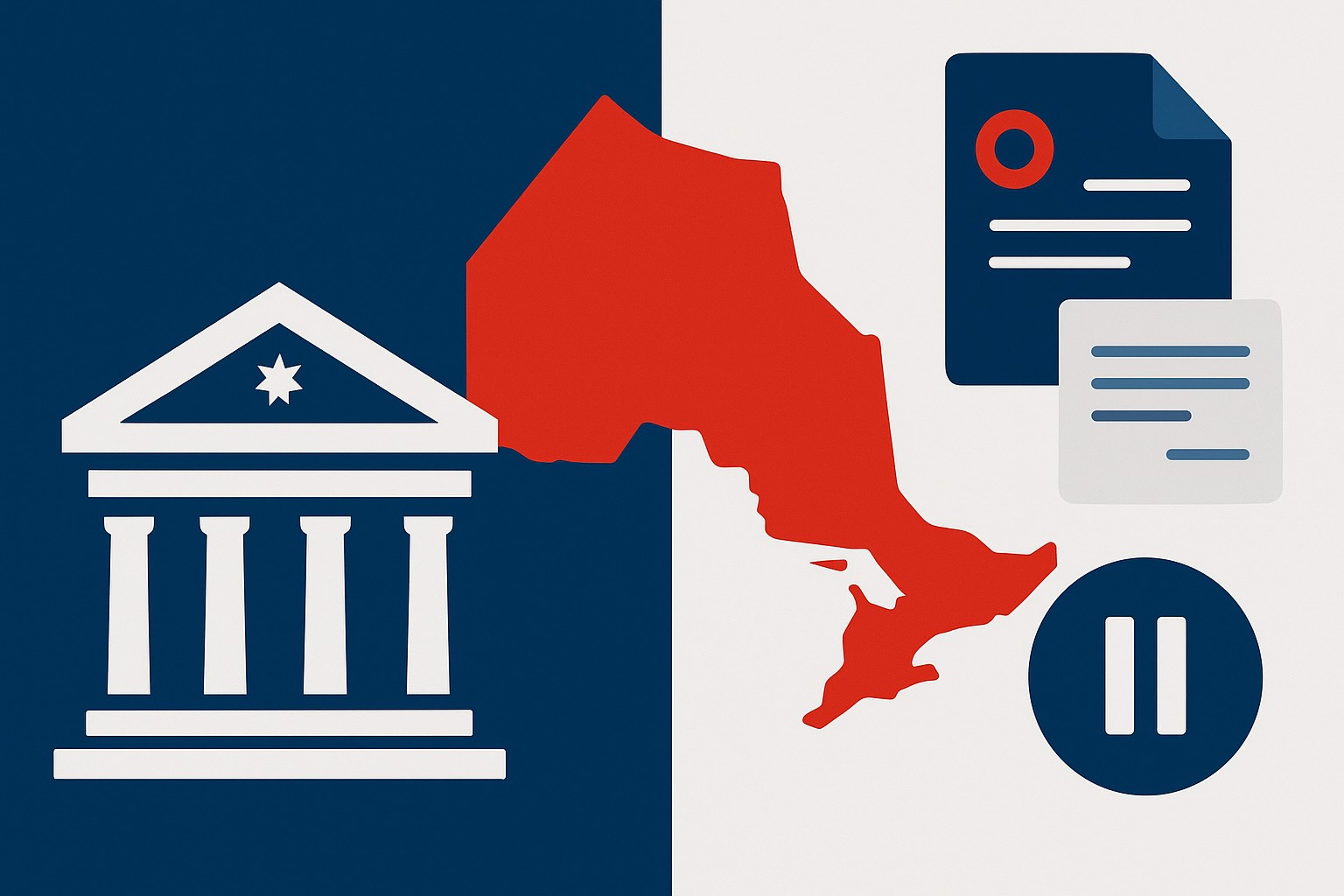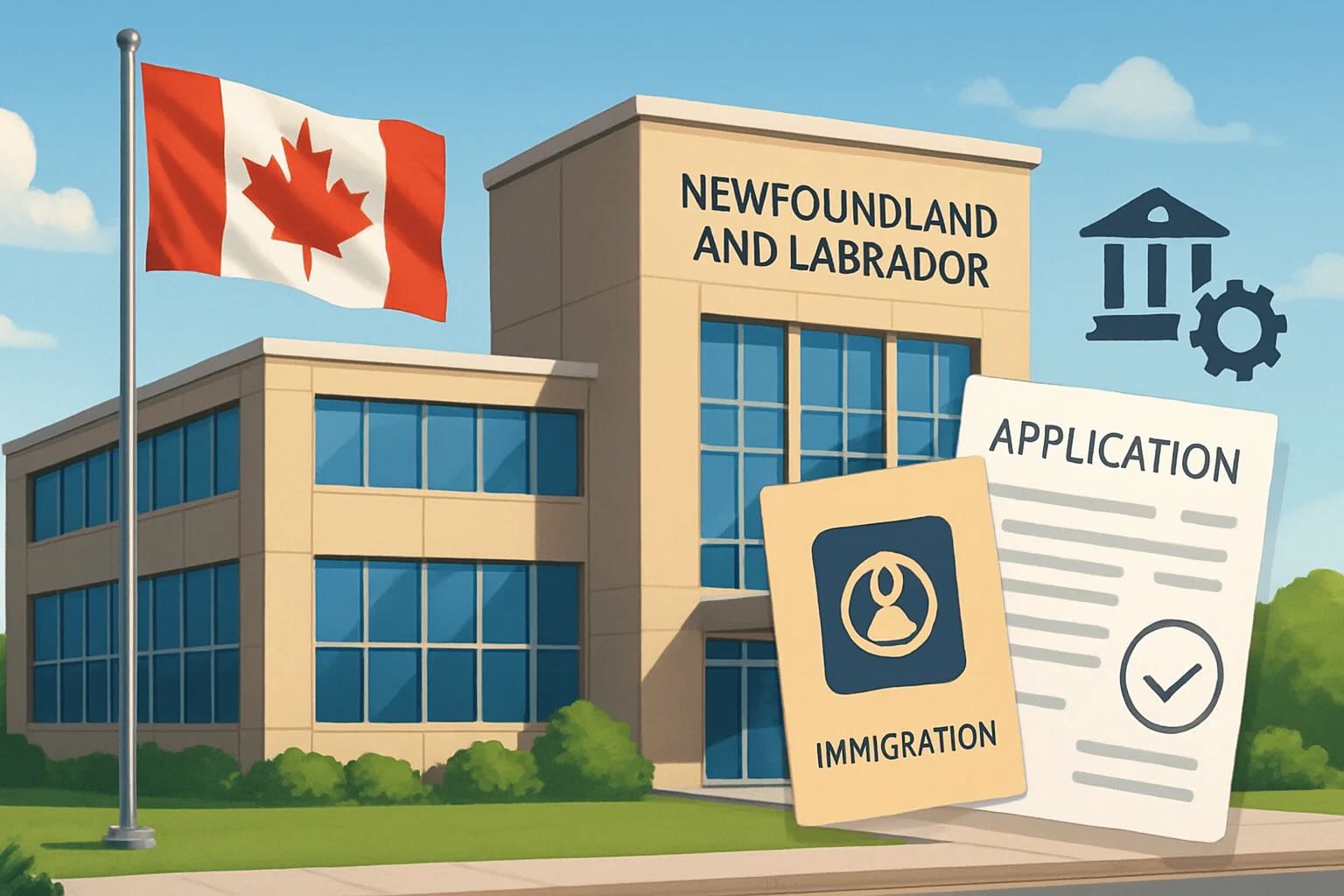
The immigration authorities of Alberta, Canada, have released a major announcement confirming that effective January 1, 2026, strict new application criteria will be implemented for the Rural Renewal Stream (RRS) under the Alberta Advantage Immigration Program (AAIP). This decision comes as the program faces the dual pressures of a massive backlog of applications and tighter federal nomination quotas.
Background: Supply-Demand Imbalance and Strategic Realignment
Over the past two years, the Rural Renewal Stream has become one of Alberta’s most in-demand immigration pathways, serving as a vital lifeline for many rural communities striving to fill local labor market gaps. However, while the federal government has reduced provincial nomination allocations, the number of designated communities and interested applicants has continued to climb. This has resulted in a situation where the volume of "Endorsements" issued by communities far outweighs the actual nomination spaces available to the province.
To resolve this unsustainable situation and prioritize rural economic development, high-demand occupations, and labor market diversification, the Alberta government has decided to structurally restructure the stream.
The following are the specific changes taking effect on January 1, 2026:
1. Introduction of Community Endorsement Allocation Limits
This is one of the most decisive changes in this reform. Previously, designated communities could issue endorsement letters without limit, provided employers had hiring needs and candidates met minimum requirements. This model led to widespread "oversubscription," leaving many endorsed applicants waiting indefinitely due to a lack of provincial nomination spots.
Under the new rules, Alberta will assign a fixed annual endorsement quota to each designated community. Once a community reaches its allocated number for the year, it must cease endorsing candidates until the next cycle. This means communities can no longer endorse broadly; they must screen and prioritize candidates based on the most urgent labor market needs.
2. Endorsement Letter Validity Reduced to One Year
Until now, Endorsement of Candidate Letters issued by communities did not have a fixed expiry date, resulting in some applicants holding endorsements for extended periods without submitting a provincial nomination application.
Starting in 2026, all endorsement letters will have a strict one-year validity period. Applicants must submit their application to the AAIP before the endorsement expires. If the letter expires before submission, the candidate must secure a new endorsement from the community—provided that the community still has remaining quota. This measure aims to clear stagnant files and ensure that the application pool consists of active and genuine recruitment cases.
3. Adoption of a TEER-Based Occupation Model
Alberta will introduce an endorsement model based on the Canadian National Occupational Classification (NOC) TEER system. While full details will be released later, the model is expected to:
- Prioritize High-Demand Occupations: Roles in sectors such as healthcare, agri-food, construction, and transportation (TEER 0, 1, 2, and 3) are likely to receive priority support.
- Restrict Lower-Demand Occupations: Endorsements for TEER 4 and 5 occupations may face stricter scrutiny or lower availability of allocation slots.
This move aims to remove the ambiguity of the previous employer-driven recruitment model, ensuring that immigration intake aligns strictly with Alberta’s critical labor shortages.
4. Mandatory Valid Work Permits for In-Canada Applicants
For applicants currently residing in Canada, this represents a significantly higher threshold. The new rules mandate that all in-Canada applicants must hold a valid Work Permit at the time of application submission and at the time of assessment.
This implies:
- "Maintained Status" No Longer Accepted: Applicants on "Maintained Status" (formerly Implied Status) will no longer be eligible to apply.
- No Expired or Restored Status: Applicants with expired work permits or those in the process of "Restoration of Status" will be deemed ineligible.
- Visitors Cannot Apply: Individuals holding a Visitor Record cannot apply directly through this stream from within Canada, effectively closing certain "visitor-to-worker" pathways under this stream.
- International Students: Graduates holding study permits must secure a Post-Graduation Work Permit (PGWP) or another valid work permit before applying.
Profound Impact on Employers and Candidates
For rural employers, the new policy requires more precise recruitment strategies. With limited endorsement slots, employers will face fiercer competition for quotas. They must plan hiring processes months in advance and offer competitive wages and stable, long-term positions to attract talent.
For candidates, especially those already in Canada, maintaining a valid legal work status is now critical. Applicants can no longer rely on the transitional period of work permit renewals to submit immigration applications; any gap in status could result in immediate disqualification.
As the January 1, 2026 implementation date approaches, prospective applicants and employers intending to utilize the Rural Renewal Stream are advised to monitor policy updates closely and prepare accordingly.









